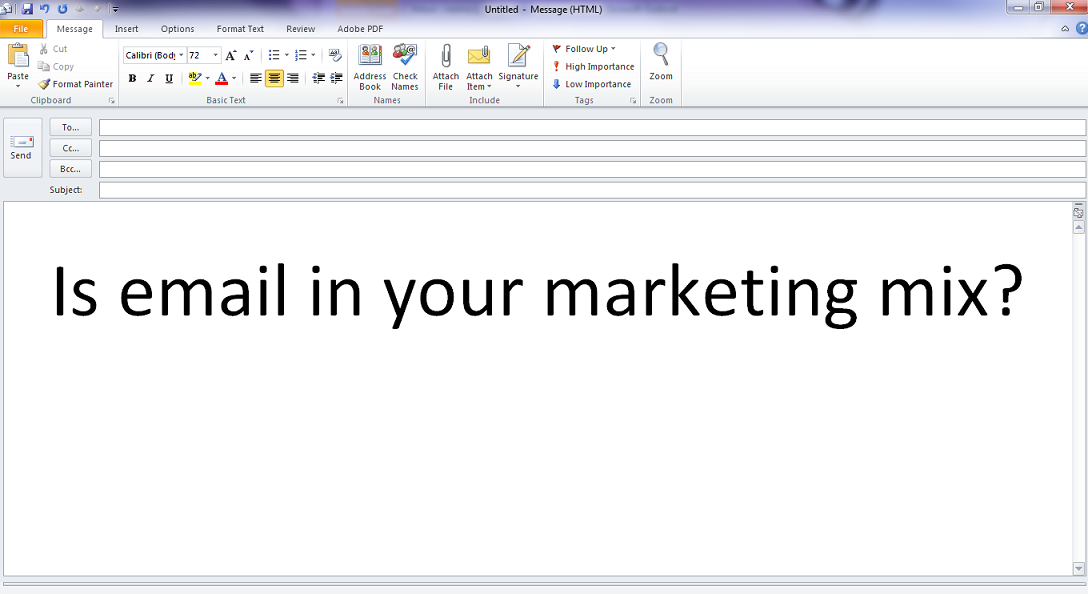
According to a recent study, 95% of B2B enterprise marketers use content marketing.
The fact that companies are using content marketing is great. But just because most companies are doing some kind of content marketing doesn’t mean they’re doing it and having success.
One area where I see companies limiting themselves when it comes to content marketing is email.
Email is a big part of the modern marketing mix. Email has been around for as long as people have been using the Internet and it’s still one of the most-used forms of communication amongst Internet users today.
Here’s one example – in another study, 72% of B2 buyers said they are likely to share useful content via email.
People subscribe to email so they can receive useful content. When they receive that content, they take various actions. It might be to order your service or it might be to share it with someone they know that could also be a potential customer for you.
Email marketing and content marketing make the perfect pair.
Here are the steps to take to integrate your content marketing strategy with your email strategy so you get more online engagement and more customers.
Step 1 – Getting The Entire Team On The Same Page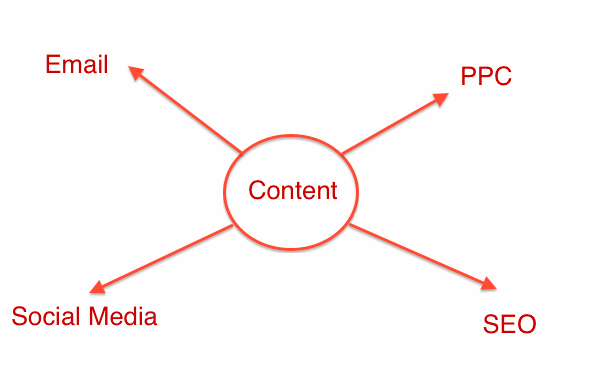
Every company is different. Even within your marketing department there might be different people working on different programs and projects.
When it comes to online marketing it’s important to get everyone on the same page with content being the main focus. This means that the content strategy is the center of all the different programs including social media, SEO and email marketing.
Get the people working on these and other projects in the same room. Managers, designers, programmers, etc. should all be in the same room.
You’ll work on the content strategy and from there each person can take direction on how to use the content to the benefit of each program (search, social, email, etc.).
Step 2 – Creating Your Content Calendar
There are two main items to examine when it comes to a content marketing strategy.
First, look at your industry. Determine the exact niche industry your company is in.
Second, define your ideal customer. This is the person you want to consume the content you create. Together with your team, brainstorm all the questions your customer has about your industry. You can answer some common questions about your company directly, but you’re better off answer questions customers have regarding your industry.
You can use some of the online tools I shared in a previous post to find questions. However, the best place to find questions is often with the people that speak with your customer (Sales, Customer Service, etc.).
You can also look at online forums, LinkedIn Groups and other similar areas. You can even use Google Suggest to see what keywords your customer is using.
Simply go to Google and start typing in a general keyword that your customer would use. Let Google provide additional suggestions:
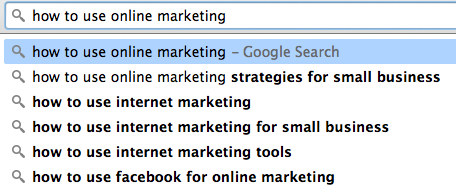
Once you’ve brainstormed these ideas, add them to a content calendar. Set this up on a company-shared drive such as Google Drive.
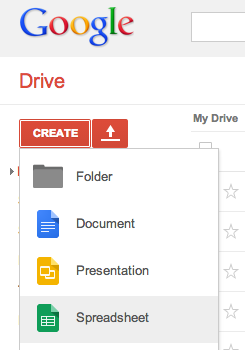
On the calendar, include the title and notes for a piece of content. Include the type of content it will be (blog post, guide, video, etc.). Add a timeline for finishing the content and then add a timeline for when that content should be shared on various channels including email.
Step 3 – Create Different Subscriber Lists With Different Signup Forms
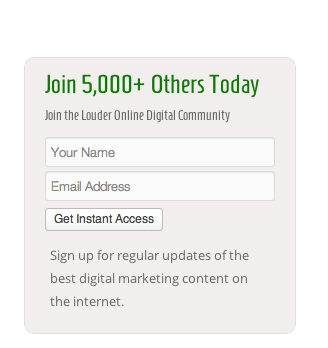
Sharing your content with an email is one way to integrate content marketing with email marketing, but email can be much more effective if you use segments.
First, on your company blog, add a signup form in the sidebar and at the end of each post. This way when new visitors come to the posts via search and social media they can signup for future posts.
Second, create content specifically for the purpose of capturing email subscribers. You’ve probably seen guides, ebooks and other forms of content shared on social media or on website landing pages. You can receive this content if you provide your email address.
Third, add business prospects to a separate email list. Allow your salespeople to use the content you create to move those people through your sales process. Case studies, industry commentary and other content works well to earn the trust of new prospects.
Step 4 – Setup Automated Content Updates
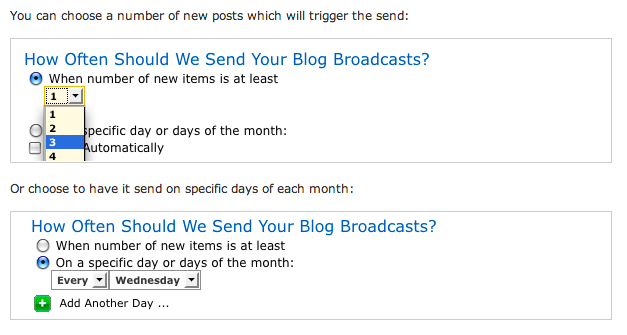
A great thing about email marketing is that you can automate a lot of the emails you send. The first item we talked about above was sending regular content updates for your company blog.
Using any of the popular email programs like Aweber, MailChimp and others, you can setup Blog Broadcasts. These will send emails to your subscribers each time you publish new content on your blog keeping them engaged in your ongoing commentary and story.
Blog Broadcast Resources
Step 5 – Setup An Auto-Responder Series
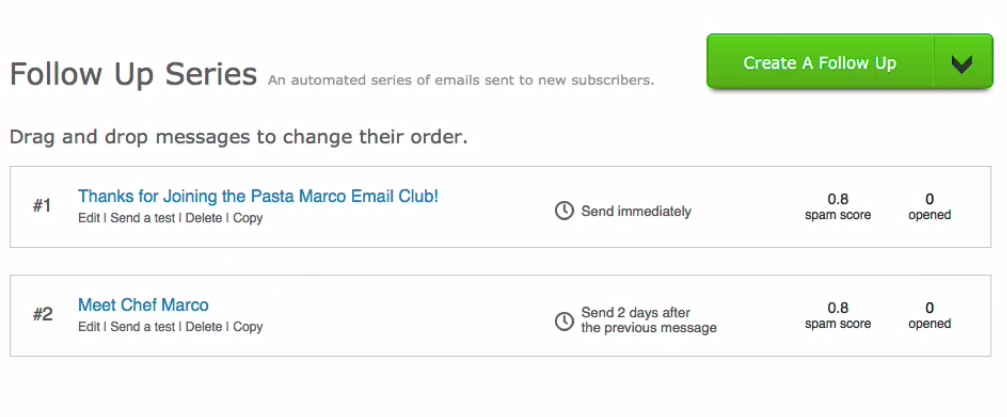
Auto-responder series are a great tool for capturing potential customers early in the sales cycle. You can provide a guide, ebook or similar content to capture the initial email.
Using your email provider, you can create a series of emails to deliver the content. Every few days, send a new piece of valuable content to the subscribers. The first day could be chapter 1. The second day can be chapter 2 and so on.
Then on the final day, you can introduce the service or product you offer and include information the subscriber can use to contact you.
You’ll have earned their trust and they’ll be ready to engage.
Online marketing expert, Neil Patel uses auto-responders for his online course:
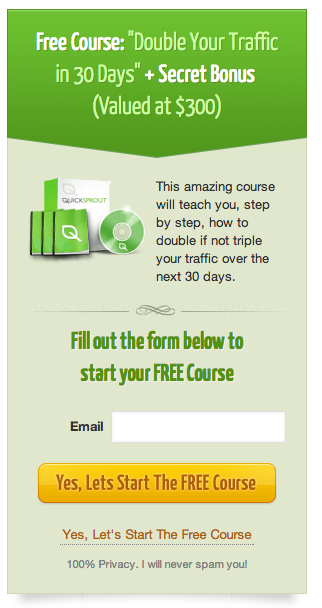
And the content experts at Social Media Examiner have a similar program:
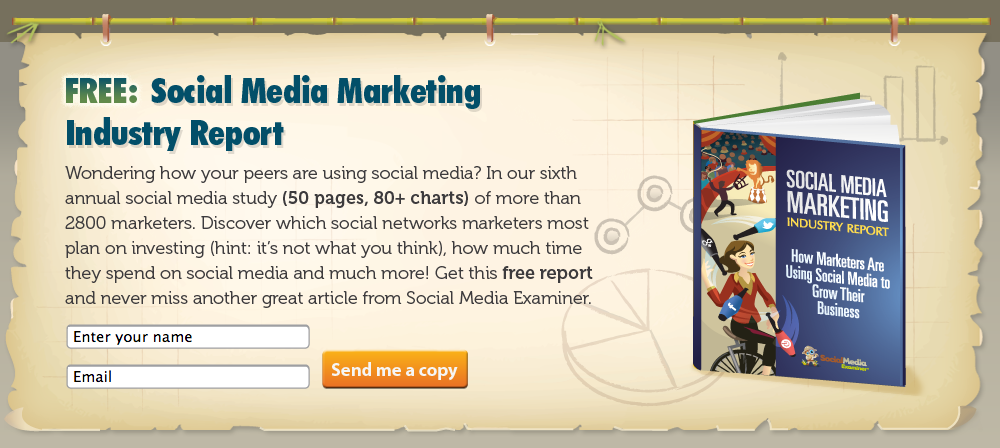
Auto-Responder Resources
Step 6 – Build A Network Of Influencers
You can use share your content on social media and get a good number of visits, but if you want real engagement you have to get industry influencers involved in sharing your content.
Obviously influencers aren’t going to share just any content. So your first step is to create valuable content.
The next step is to start building a network of influencer connections. You can build this network by identifying the people in your industry that have large audiences. Look for people with popular blogs that get lots of comments and shares. Look for people with large social followings.
To start building your relationship, share their content on your social accounts. Comment on the content they publish. Then reach out to them via email or contact form making a simple introduction.
Next, when you create your next piece of content, include a link to a piece of content that person has published. You can also email them and ask if they would provide their thoughts in a couple sentences that you can add to your content.
When you publish your content, email the influencer letting them know it’s live. They will likely share it with their audience, which will greatly increase your content engagement.
And that can all happen with a couple emails.
Conclusion
You can find success if you do content marketing without email marketing, but you’re putting yourself at a disadvantage. Companies that combine their content efforts with email marketing will see the most return in the form of engagement and sales.
Use the steps above to integrate your content marketing efforts and your email marketing efforts. The two go together perfectly and by using the strategy outlined above you’ll see the best results possible from each.
I’d like to hear your thoughts. What are your experiences with content marketing and email marketing?
Please share your thoughts in the comments below.